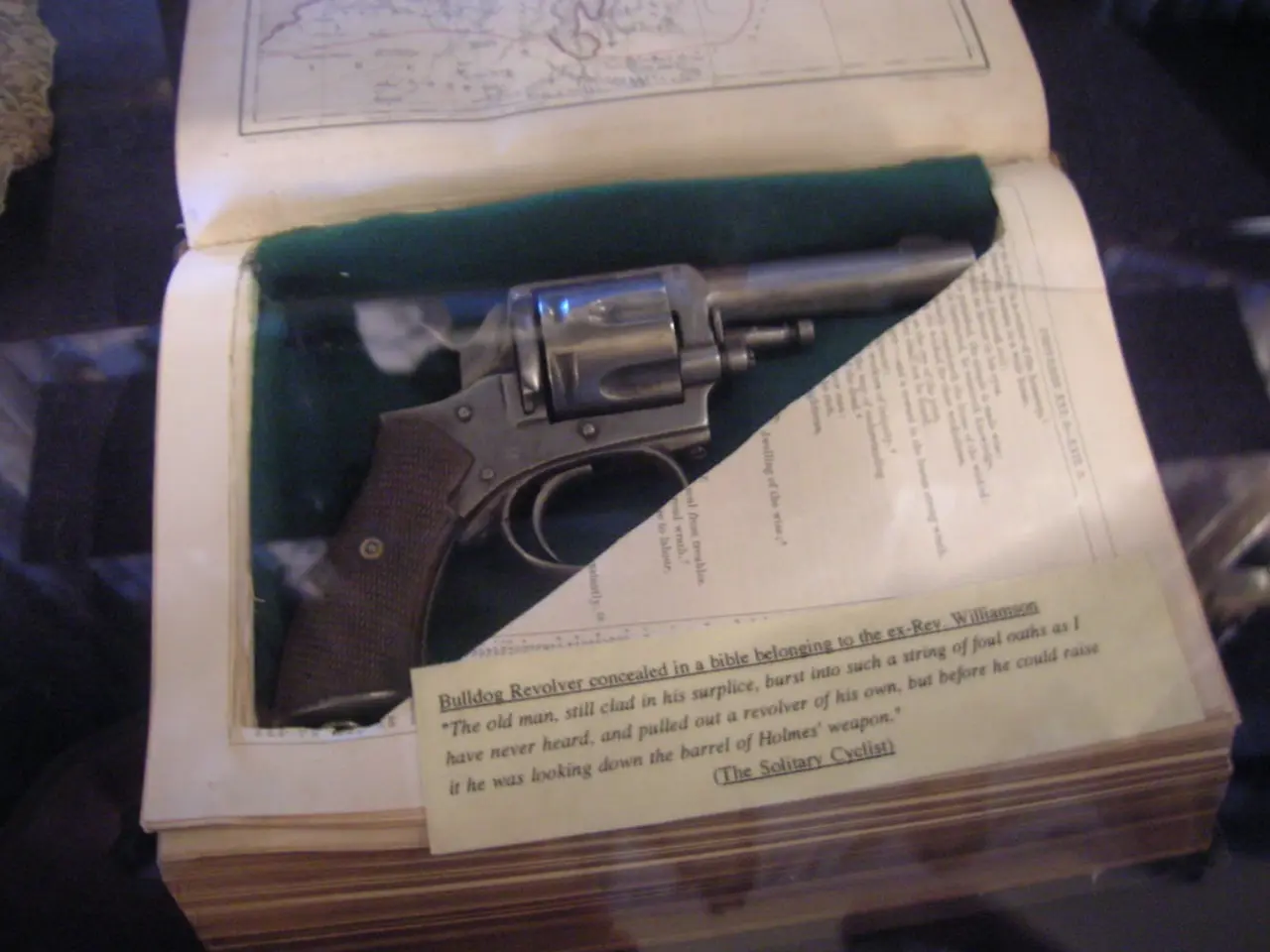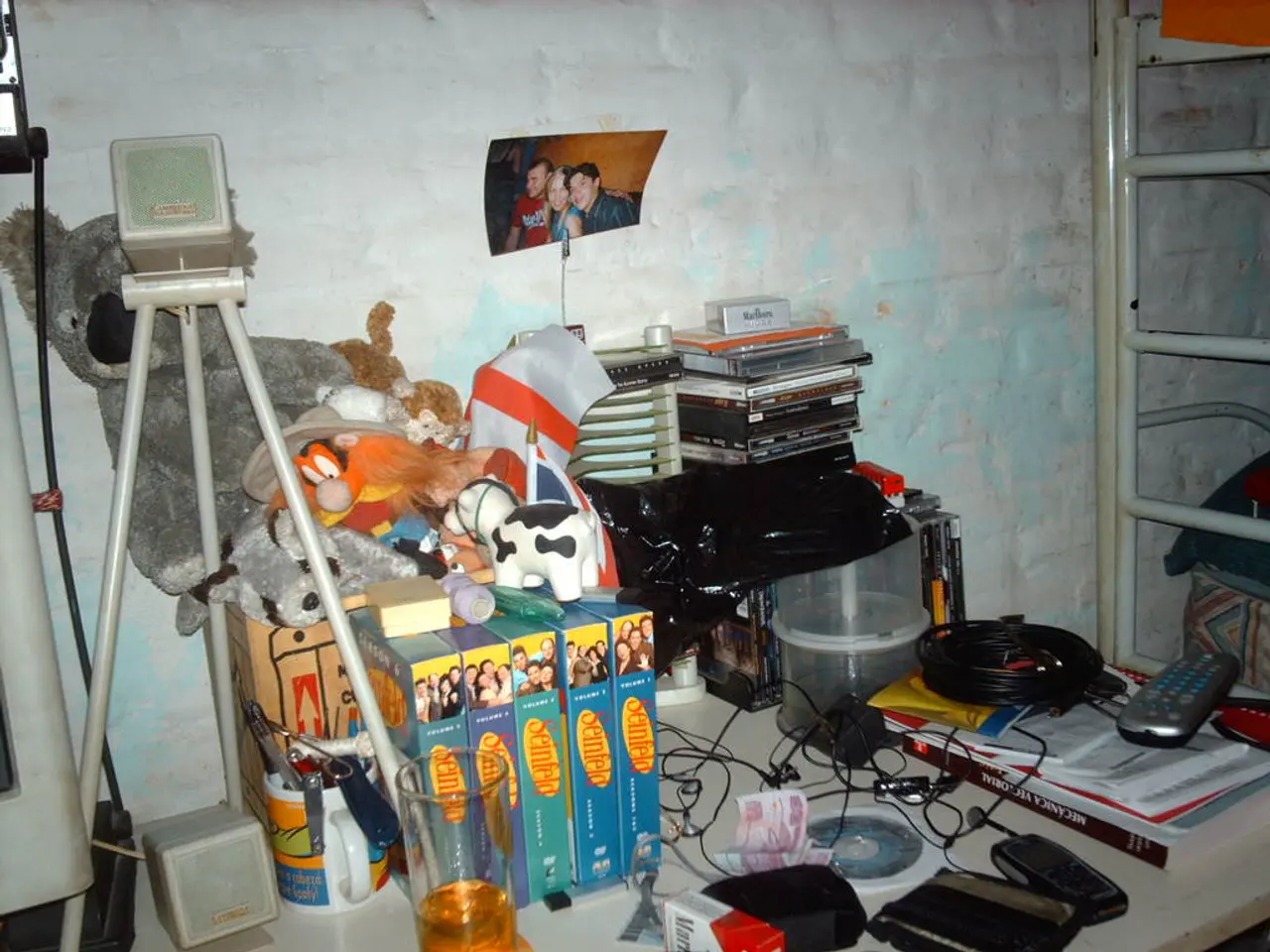Obstacles in Gun Analysis: Overcoming Deep-seated Problems in the Field
In the realm of criminal investigations, forensic firearm examiners play a crucial role in comparing spent bullets and cartridge cases to determine firearm origins. However, recent events have brought to light potential systemic failures within the discipline of forensic firearm analysis.
Last year, errors at the Rhode Island State Crime Laboratory potentially contributed to wrongful convictions. A flawed practice known as nonblind verification, where subsequent examiners review evidence knowing the initial conclusions, further reinforced the mistake. These incidents serve as a case study in systemic failures within the discipline, highlighting the need for reform.
The pursuit of truth and integrity demands objective, transparent, and scientifically validated procedures in forensic firearm identification. Current reform efforts focus on addressing systemic issues by enhancing objectivity, scientific validity, and reducing human error and bias.
Key developments include the increased use of technology and data analytics. Advanced technology such as automated data analytics, imaging, and digital evidence integration are being incorporated to reduce subjective interpretation by examiners and increase the reproducibility and accuracy of firearm analysis results.
Authorities like the Bureau of Alcohol, Tobacco, Firearms and Explosives (ATF) have updated their definitions and regulations on firearms, which impacts forensic analysis by clarifying standards and control over firearm components. This regulatory clarity supports more consistent forensic frameworks.
Addressing human factors and error is also a critical aspect of reform. Recognizing that human judgment and technical limitations can cause errors, there are efforts to improve examiner training, implement better protocols for reviewing evidence and results, and possibly adopt blind verification steps to reduce confirmation bias, similar to reforms in other forensic disciplines.
The integration of technology such as officer bodycams that capture firearm discharges is emerging as a critical tool to corroborate firearm analyses and provide objective evidence, thus strengthening conclusions drawn from firearm marks and toolmarks.
Linear sequential unmasking ensures that conclusions are grounded in objective observations rather than preconceived notions. By implementing these reforms, forensic firearm identification can begin to address its systemic shortcomings.
However, it's important to note that these innovations are not yet courtroom-ready but represent a crucial step towards making forensic conclusions more scientifically sound. The Rhode Island case involved a failure to conduct a thorough analysis of cartridge cases, overlooking key differences in class characteristics.
Emerging statistical models and probability-based methods offer a promising solution to reduce subjectivity and enhance reliability in firearm identification. Verification processes must be genuinely independent, with each examiner analyzing evidence without prior knowledge of initial findings.
Recent years have seen skepticism towards the reliability of forensic firearm analysis, especially from research scientists. The goal is to ensure that justice prevails for all individuals involved in criminal investigations, and these reforms aim to integrate advanced technologies, enforce clear regulatory standards, and mitigate human biases to enhance scientific validity and objectivity within the discipline.
In the realm of education and self-development, it is crucial to stay informed about the ongoing reforms within forensic firearm identification, as these changes can provide insights into medical-conditions related to crime and justice. The integration of advanced technologies and statistical models is not only improving the accuracy of firearm analyses but also reducing human error and bias, making forensic conclusions more scientifically sound.
General news outlets often cover stories about systemic failures within the discipline, such as the error at the Rhode Island State Crime Laboratory that potentially contributed to wrongful convictions. These stories serve as reminders of the need for reform and the importance of maintaining objective, transparent, and scientifically validated procedures in forensic firearm identification.




